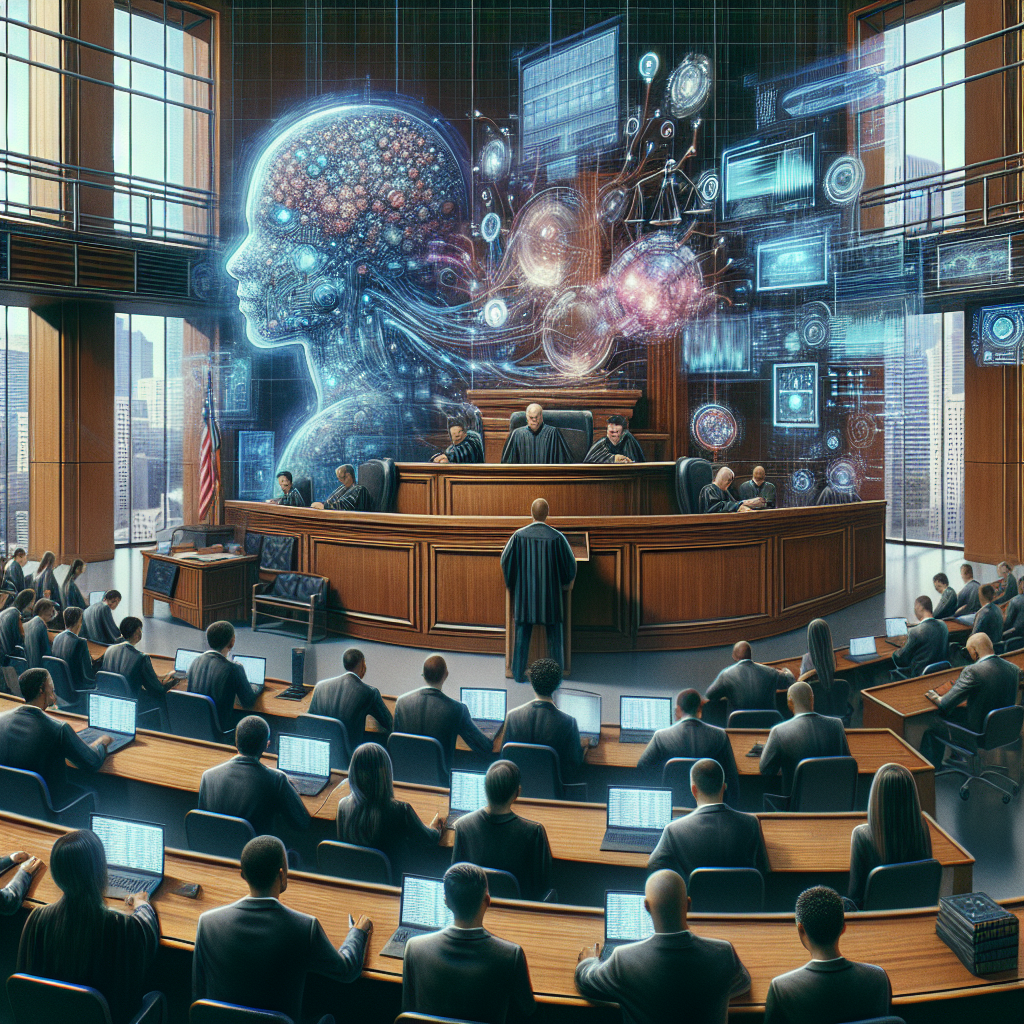California’s AI-Driven Bar Exam: Unpacking the Controversy
Introduction
The California Bar Exam is one of the most daunting tests for aspiring legal professionals, playing a crucial role in their journey towards licensure. This examination is not only a rite of passage but also a measure of competence for law practitioners. Recently, a storm of controversy has engulfed the exam, owing to the involvement of Artificial Intelligence (AI) in its preparation. The utilization of AI for drafting certain exam questions has raised significant concerns about transparency and integrity, emphasizing the need for responsible implementation of technology in critical assessments.
Background of the California Bar Exam
The California Bar Exam has a long and storied history, evolving significantly over the years to meet the changing demands of the legal profession. Administered by the California State Bar, the exam has faced its share of challenges, including debates over its difficulty, the fairness of its testing methods, and logistical issues. Prior to AI’s involvement, these challenges predominantly revolved around human factors such as test design and the grading process. However, the introduction of AI into this sphere has added a complex new layer of controversy.
AI’s Involvement in Writing the Bar Exam
In a pivotal move during 2025, AI technology was employed to assist in writing a subset of the California Bar Exam’s multiple-choice questions. Leveraging natural language processing (NLP) and machine learning, the AI was tasked with drafting 23 out of 171 scored questions. This decision was driven by a desire to streamline question development and introduce a modern approach to test creation. The methodologies involved sophisticated AI models designed to comprehend and generate human-like text, aligning with precise educational goals. However, the rationale behind incorporating AI—primarily efficiency and innovation—proved contentious given the exam’s high-stakes nature.
Issues Arising from AI Use
While the integration of AI into the exam drafting process was heralded by some as a step towards modernization, it received significant backlash from students and legal professionals. The AI-generated questions were criticized for their perceived lack of quality and relevance. Technical issues, such as poor phrasing and ambiguous wording, led to confusion among examinees. Moreover, there were concerns about the presence of biases inherent in AI algorithms, which could potentially skew question difficulty and fairness.
Consequences for Stakeholders
The repercussions of this experiment have been far-reaching within the California legal community. Law firms, graduates, and the California State Bar itself now face the task of addressing credibility concerns. The immediate consequence was a call by the State Bar for score adjustments to rectify the perceived injustices suffered by candidates. In the long run, the controversy has spurred a debate about the appropriateness and ethics of using AI in such pivotal evaluations, casting a shadow on the public’s trust in the bar exam’s integrity.
Possible Future Precautions and Strategies
To mitigate future pitfalls, several precautions can be taken. First, enhancing human oversight in the AI-driven question drafting process is paramount. Collaborating with experts, such as psychometricians from firms like ACS Ventures, can help ensure that AI-generated content meets stringent quality standards. Continuous improvements in AI models to reduce biases and increase context awareness will also be crucial. Balancing innovation with traditional methods can foster a more reliable and equitable exam preparation process.
Moreover, adopting rigorous quality assurance mechanisms will help identify and rectify any AI-related discrepancies before exams are administered. Developing a framework for stakeholder engagement could lead to a broader consensus on the ethical boundaries and governance of AI in educational assessments.
Conclusion
The introduction of AI into the California Bar Exam has sparked significant debate, underscoring the challenges and responsibilities associated with integrating cutting-edge technology into traditional systems. From concerns about question quality and exam fairness to the broader implications for AI ethics in education, this controversy highlights the complex interplay between innovation and established norms. As the legal community grapples with these issues, it is essential for stakeholders to engage in constructive dialogue, fostering a future where technology enhances rather than undermines the integrity of educational assessments.





